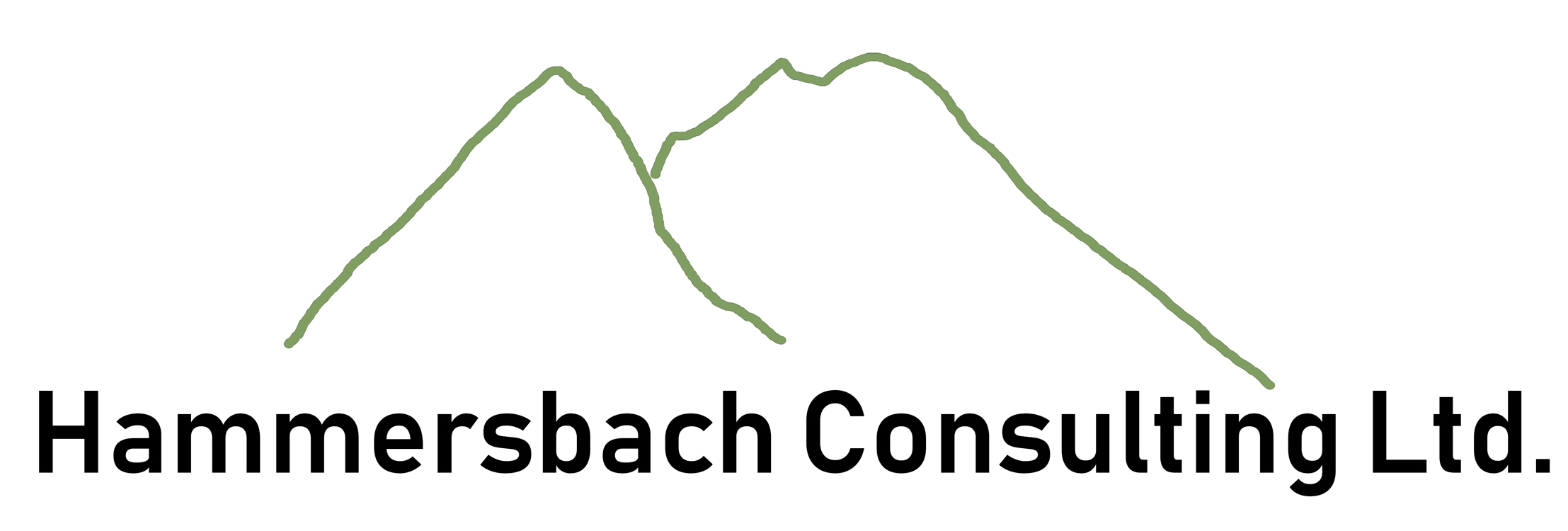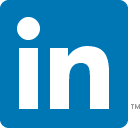Claims Defensibility in a post-pandemic world

COVID-19 influenced claims and the ability to defend them
Liability claims can impact a business in a number of ways: the bottom line of the P&L, the amount of time it takes to deal with each claim, the damage to the organisations reputation and ultimately, the noise created on your claim experience and how this influences premiums.
Most liability decisions are made on the basis of the available documentary evidence, which must be provided within a strict timescale. The ability to successfully defend liability claims may be critically impacted if the relevant documents do not exist, are incomplete or are not available within the time frame.
In the post-pandemic world, there is expectation that there will be, and the emergence of evidence of, new risks and claims which are influenced by, if not directly related to COVID-19. These may be employment or liability claims related to redundancy programmes, historical disease claims, claims related to historic or already closed claims or claims alleging infection resulting from exposure on public transportation or in the workplace. As new economic conditions develop, claimants and claimant solicitors look for new ways to be compensated or to earn revenue.
During significant changes to a business, such as disposals, acquisitions, site closures or workforce downsizing, activities may be undertaken which create new risks and exposures. Consideration needs to be given to how any claims from these activities would be defended and to the recording and retention of documentation.
It’s vital that businesses are prepared for the claims and that claims defensibility processes can address these new claims.
How we can help?
Hammersbach Consulting are specialists in claims management and defensibility. Our Claims Defensibility Framework Review focuses on the effectiveness of your procedures whilst determining the availability, accessibility and quality of relevant documentation and the level of engagement of key colleagues.
Our involvement will seek to identify any weaknesses in the processes by which incidents and claims are managed, identify in current or perceived threats, or claims and make recommendations on how to address any areas of vulnerabilities.
The framework concept builds around three phases: Establish, Review and Recommend.
Phase 1 will look at your current processes and engage with and internal stakeholders to establish what currently happens and any requirements of key contracts / SLAs which you may have with clients or external suppliers.
Phase 2 will conduct an independent gap analysis using our experience to identify possible areas for improvement.
We will also look potential new or emerging threats and claims that the business could, in our experience face due to the current business strategy and environment. We will consider the impending issues and mitigation possibilities.
Finally, we will identify critical stakeholders in the defensibility process, looking at people, business areas and the engagement with external experts and service providers.
Phase 3 will look at how to address any identified gaps, what remedial actions could be taken and what value and benefits any the process improvements would deliver?
We will provide a written report of our findings, the evidence to support these findings, along with a detailed remediation plan which will make any recommendations for improvements.
Summary of benefits
Overall and in summary, we have seen that a robust claims defensibility process can deliver the following benefits:
- The potential for reduction in the cost of claims and the reduction in insurance premiums.
- Greater resilience in handling and defending claims.
- Increased ability to make early decisions on liability.
- Improved understanding of the claims profile and industry trends.
- Greater interaction between HR and Insurance functions.
- Improved loss prevention.
- Future proofing the process to adapt to any changes in the business.
- Identification of potential threats or gaps in processes.

